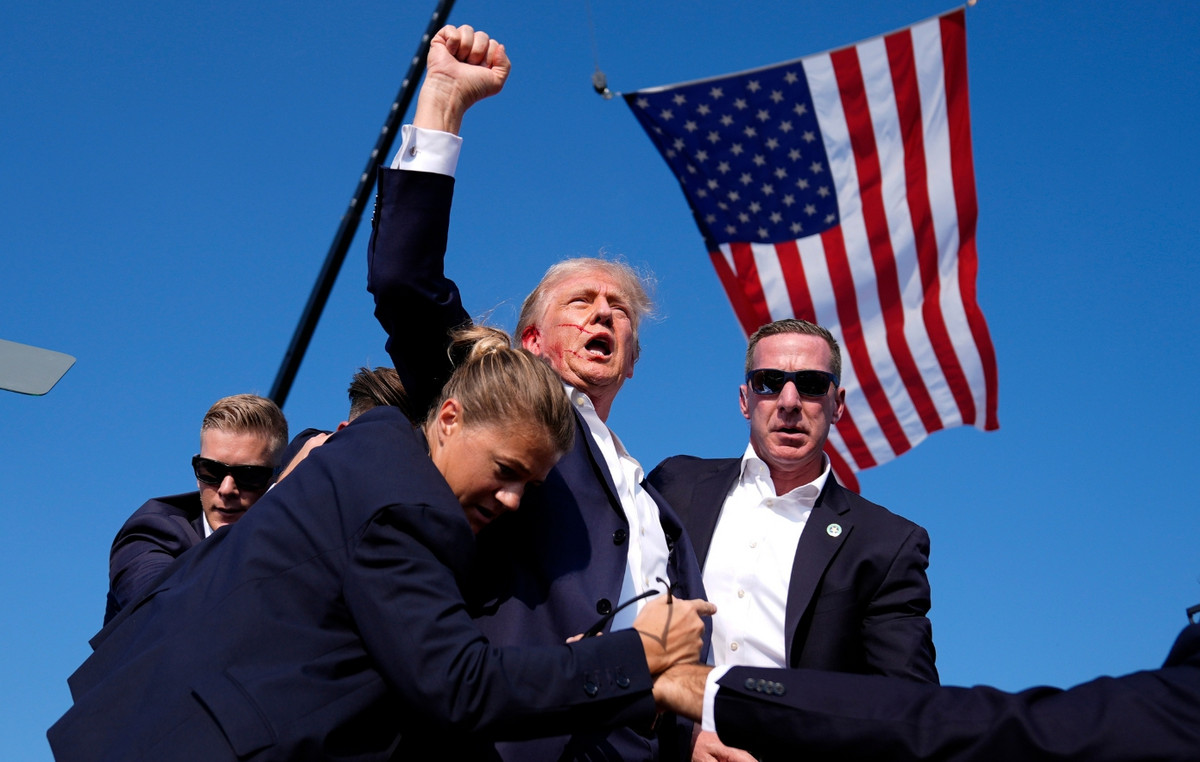- Dow rises 0.71%, bouncing as softer data fuels rate cut speculation.
- The S&P 500 and Nasdaq follow, both gaining more than 0.6% amid broad optimism.
- Amazon shines with a rise of 6.5%; Apple lags behind with a 1.5% drop due to weak sales in China.
The Dow Jones Industrial Average (DJIA) posted solid gains of nearly 300 points or 0.71% on Friday on softer-than-expected economic data, reinforcing investors’ case for further easing by the Federal Reserve . Wall Street turned around after Thursday’s losses and rebounded strongly heading into the weekend.
Data released by the US Bureau of Labor Statistics (BLS) showed that strong hurricanes and union strikes distorted nonfarm payrolls in October. The US economy created 12,000 jobs, below the estimated 113,000. Despite this, the unemployment rate remained at 4.1%, as traders prepared for other data.
The Institute for Supply Management (ISM) recently revealed that manufacturing activity fell for the seventh consecutive month, reaching its lowest level since July 2023. The ISM manufacturing PMI fell from 47.2 to 46.5, missing the forecasts of 47.6.
Meanwhile, Wall Street posted solid gains, with the S&P 500 following the Dow’s upward path, gaining more than 0.63% to 5,741.45, while the Nasdaq rose 0.75% to 18,230.29.
Next week, the US economic agenda will be busy with the US presidential election on November 5. Traders will also be keeping an eye on the Federal Reserve’s monetary policy on November 6-7 and will scrutinize Fed Chairman Jerome Powell’s speech. The CME FedWatch tool shows odds of a 25 basis point rate cut by the Fed reaching 95%, down from 97% a day ago. This would leave rates in the range of 4.50%-4.75%.
Dow Jones News
In stock news, Amazon (AMZN) rises 6.5%, boosted by strong retail sales, which lifted its earnings above estimates. Apple (APPL) was hit by a drop in sales in China and fell 1.5%, while Chevron (CVX) beat estimates in earnings per share, production and sales. Meanwhile, Boeing (BA) shareholders were relieved as the stock rose 3%, and the ongoing strike is close to over.
The leading stocks on the Dow Jones are Intel (INTC), up 6.92% to $23.01 per share, closely followed by Amazon, up 6.02% to $197.62, and Boeing, up 1 2.99% to $153.77. The laggards are Apple shares, down 1.63% to $222.22; Verizon (VZ), losing 1.51% to $41.50; and Dow (DOW), with its share price at $48.87, losing 1.03%.
Dow Jones Price Forecast
The Dow Jones Industrial Average has risen above 42,000 after hitting a weekly low of 41,692 below the 50-day SMA at 41,943. Initially, this increased the chances of challenging the September 2 high turned support at 41,564 before the 41,000 area. However, buyers emerged and lifted the US stock index higher ahead of next week’s US presidential election.
If the Dow Jones closes daily above 42,000, buyers could remain hopeful of challenging the Oct. 30 low, which became resistance at 42,122. Once cleared, the next stop would be the October 31 high at 42,460. With more strength, it could reach 42,500 before testing 43,000.
The momentum is bearish, with the Relative Strength Index (RSI) remaining below its neutral line. But, in the short term, a small spike that threatens to cross the neutral line suggests that buyers are gaining strength.
Dow Jones Daily Chart
The Dow Jones FAQs
The Dow Jones Industrial Average, one of the world’s oldest stock indices, is made up of the 30 most traded securities in the United States. The index is weighted by price rather than capitalization. It is calculated by adding the prices of the securities that comprise it and dividing them by a factor, currently 0.152. The index was founded by Charles Dow, also founder of the Wall Street Journal. In recent years it has been criticized for not being sufficiently representative, since it only follows 30 companies, unlike broader indices such as the S& P 500.
There are many factors that drive the Dow Jones Industrial Average (DJIA). The main one is the aggregate performance of its component companies, revealed in quarterly corporate earnings reports. US and global macroeconomic data also contribute, influencing investor sentiment. The level of interest rates, set by the Federal Reserve (Fed), also influences the DJIA, as it affects the cost of credit, on which many companies largely depend. Therefore, inflation can be a determining factor, as well as other parameters that influence the decisions of the Federal Reserve.
The Dow Theory is a method for identifying the main trend of the stock market developed by Charles Dow. A key step is to compare the direction of the Dow Jones Industrial Average (DJIA) and the Dow Jones Transportation Average (DJTA) and only follow trends where they are both moving in the same direction. Volume is a confirmation criterion. The theory uses elements of maximum and minimum analysis. The Dow theory proposes three phases of the trend: accumulation, when the smart money begins to buy or sell; public participation, when the general public joins the trend; and distribution, when the smart money abandons the trend.
There are several ways to trade the DJIA. One of them is to use ETFs that allow investors to trade the DJIA as a single security, instead of having to buy shares of the 30 companies that comprise it. A prominent example is the SPDR Dow Jones Industrial Average ETF (DIA). Futures contracts on the DJIA allow traders to speculate on the future value of the index, and options provide the right, but not the obligation, to buy or sell the index at a predetermined price in the future. Mutual funds allow investors to purchase a portion of a diversified portfolio of DJIA securities, providing exposure to the global index.
Source: Fx Street
I am Joshua Winder, a senior-level journalist and editor at World Stock Market. I specialize in covering news related to the stock market and economic trends. With more than 8 years of experience in this field, I have become an expert in financial reporting.








